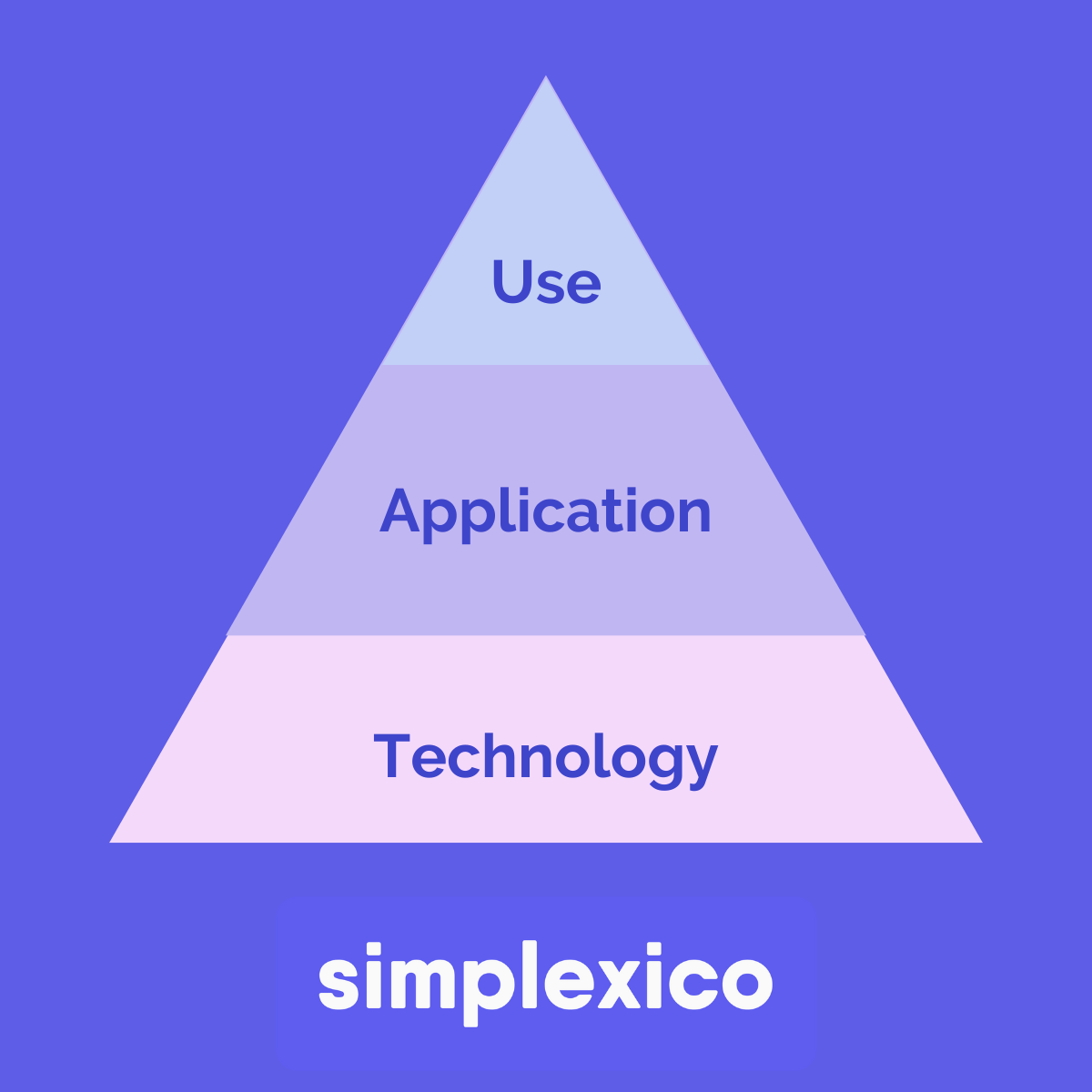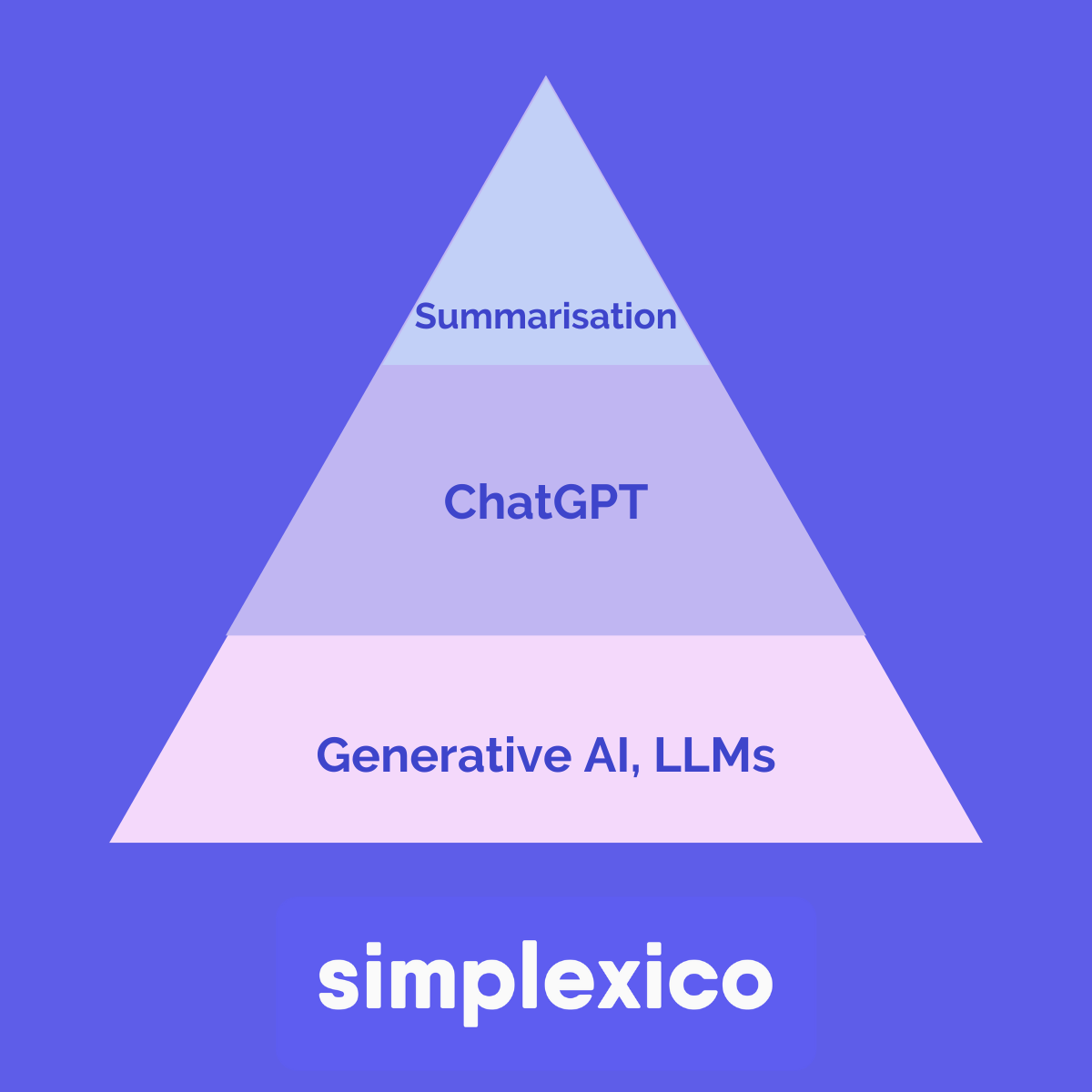
The Emerging Legal AI Landscape
Uwais Iqbal • 2023-11-03
How do you make sense of all that is happening in the world of AI as someone in the legal industry? This blog post presents an emerging Legal AI landscape to try and define the terrain so you know how to draw out a path to an AI future.
The technology landscape around AI has been changing at an increasingly rapid rate. It’s been tough to keep up with the advances in the technology and the flurry of model releases, let alone make sense of how all of this applies to us in the legal industry.
First, there was just ChatGPT, then other model providers like Anthropic popped up. Now, big technology giants like Microsoft have burst onto the scene with Copilot and Bing Enterprise Chat. Not to forget, there is an entire assortment of open-source LLMs now available that are increasingly competitive in performance. We haven’t even considered the plethora of new legal-focused Generative AI tools now available.
Amongst all of these different options; What do you test? What do you try? Where do you hedge your bets? Do you try everything? Do you try nothing? Do you just wait to see what happens?
If you’ve been asking yourself these very questions don’t despair!
At simplexico, we’ve been thinking hard about how to make sense of all the above for ourselves so we know where to focus, for our customers so we can help them and for the wider legal industry so we can create clarity.
The dust has started to ever so slightly settle around Generative AI and LLMs. We’ve identified an emerging (emphasis on the word emerging…) landscape for Legal AI that should help you to understand how all the pieces fit together and where the real opportunities lie for law firms and legal teams.
First, I’ll introduce a way of thinking about AI so we’re on the same page conceptually. Next, I’ll introduce two new terms: Horizontal AI and Vertical AI. Finally, I’ll share how we can piece together the jigsaw puzzle to map out the Legal AI landscape.
Ready? Let’s go!
AI and Electricity - Technology, Application and Use
Andrew Ng provides the opening of a very fruitful analogy. He states that “AI is the new electricity” in an attempt to communicate how just like electricity, AI will have a wide and lasting impact on society.
We can use this analogy as a starting point to build out a picture of AI that maps onto notions we are already familiar with.
When we think about electricity, there are three distinct levels to the way we think about electricity we can differentiate: a) the technology, b) the application b) the use. Let’s explain.
There is the core technology of electricity which is supplied to houses, offices and towns. At the second level, we have electrical appliances, appliances which make use of the underlying technology of electricity to fulfil some defined purpose. Think about a kettle, microwave, toaster, laptop, television etc. Each of these are electrical appliances that run on electricity and have a fixed job.
The third level is how we, the consumer, use the appliance to perform the job we want done. There are a whole host of things you can do in a modern microwave that go beyond its basic function of warming food – you can defrost frozen items; you can grill food etc.
We are so familiar with each of these appliances that we know when to use which appliance. More importantly, we also know when not to use a certain appliance. We know that if we want to boil water, we will use a kettle. If we want to warm food, we’ll use a microwave etc. We also know that if we want to make toast, we won’t use a kettle.
On the off chance that you end up using a kettle to make toast, you’ll be utterly disappointed when you end up with soggy toast for breakfast...
We can extend this way of looking at electricity through the layers of technology, application and use to AI.
There is a) the core underlying technology itself e.g., Large Language Models and Generative AI b) the applications built on this technology e.g., ChatGPT, and, c) the use of those applications to achieve a certain task e.g., prompting ChatGPT to find a governing law jurisdiction in a contract.
However, trouble is brewing. With the constant use of electrical appliances, we have grown familiar with the capabilities and limitations of each appliance. We know better than to use a microwave to try and boil water.
With AI, we are still learning. We lack a shared understanding of the technology itself, the particular capabilities and limitations of a particular application, as well as how to use these new applications for particular tasks.
At the moment, we are trying to get a single application, ChatGPT, to do everything in the world for us. In other words, we are trying to do everything using a microwave. Even boil water…
Horizontal and Vertical AI
We can introduce a useful way of differentiating AI at the application layer. Thinking back to the three layers of AI we just introduced; the technology, the applications, and the use of those applications. Depending on the application of AI we can introduce a distinction between Horizontal AI and Vertical AI.
Horizontal AI considers the application of AI that spreads across a wide, diverse and varied range of circumstances and scenarios. Take for example the application of AI to business services like marketing, HR or sales.
These applications are not specific to any one particular situation but are common enough that they are horizontal and apply across a wide segment of businesses and teams in different industries. These applications are agnostic to the particular domain or industry they are applied in.
Contrast this with Vertical AI which considers applications of AI for a small subsection of businesses within a particular industry or sector that have unique use cases and applications.
These applications are domain-specific and need to be because of the specialised and unique nature of the context. Take for example AI in healthcare, and finance. Or, closer to home AI in legal.
For most of these contexts, the situation, circumstances and use cases are so unique and specialised to each industry that a general-purpose domain agnostic tool won’t cut it. It also doesn’t make sense to take an AI application designed for healthcare and apply it directly to a legal use case. It just won’t work.
The distinction between Horizontal AI and Vertical AI helps us to appreciate that there are AI applications which support use cases that are domain-agnostic. We also begin to realise that there is a need for specialised AI applications to support use cases that are domain-specific.
To illustrate this point further, let’s go back to the AI as electricity analogy. A horizontal electrical appliance is something like a microwave. It is domain-agnostic and can be used to support a wide range of uses. It’s a horizontal application.
Now, consider an industrial factory which produces cakes at scale for international distribution. Would they suffice with a bunch of microwaves? Not at all! They would use purpose-built furnace ovens so that they have greater fidelity over temperature control, moisture etc where they can ensure the quality of the output and produce cakes at scale.
In other words, a general-purpose application isn’t enough for their needs, so they need something specialised and verticalised to their domain. The underlying technology in both cases is the same, but the applications are worlds apart. We need to start getting clear on the distinction between the intended design of an AI application (Horizontal AI vs Vertical AI) and the desired use.
Mapping the Legal AI Landscape.
To understand the opportunity with Legal AI and make sense of the emerging landscape, we need to ask two main questions in relation to a use case:
- Is the data we are considering general-purpose or domain-specific?
- Is the data we are considering involve publicly available or privately owned?
Armed with the answers to these two questions we can begin to map the emerging Legal AI landscape across two dimensions i) general vs specific, ii) public vs private
With the separation into four main quadrants across the two dimensions, we can immediately see that Horizontal AI consumer applications like ChatGPT sit in the General-Public quadrant, while Horizontal AI enterprise applications like Bing Enterprise Chat and Copilot sit within the General-Public quadrant and stretch over to the General-Private quadrant.
Most startups don’t have access to proprietary datasets so they tend to venture into using publicly available datasets since they are quick and easy to get started with. Most Vertical AI legal-focused applications coming from the startup world sit in the Specific-Public quadrant.
For use cases in the three quadrants we have discussed so far it makes most sense for law firms and legal teams to purchase AI applications to enable these use cases. However, with the pervasive nature of AI, everyone is going to be able to purchase these tools on the market. Shy of price wars on Vertical AI legal-focused applications, there is no longer a competitive advantage in simply being the first to purchase such AI applications.
So where does the competitive advantage lie for law firms and legal teams?
There remains one quadrant - the elusive Specific-Private quadrant. Most law firms and legal teams have access to massive amounts of proprietary data that has been collected and collated over years of legal service delivery. The overwhelming desire for most law firms and legal teams is that they want AI applications that can enable use cases on internal proprietary data. This is where law firms and legal teams will have to roll up their sleeves and think hard about not just buying AI applications, but building AI applications on internal datasets.
When to Build, When to Buy?
With this new emerging map of the Legal AI landscape, hopefully, it is now clear where it makes sense for law firms and legal teams to buy AI applications and where it makes sense for them to build. It’s not an either/or question. A comprehensive and strategic approach to AI for law firms and legal teams will involve a combination of buying and testing various AI applications alongside venturing into the world of building AI applications where it makes sense to do so.
Building AI applications isn’t as scary as it sounds. With the advent of Azure Open AI and the ability to deploy open source models into a firm’s cloud tenant, building AI also means greater security, control and confidence when it comes to data privacy and security.
In an earlier blog post, we introduced the AI Build Spectrum to outline the different ways of how AI applications can be built and the pros and cons of each.
Here at simplexico, we’ve been thinking hard about the emerging Legal AI landscape and the role we can play as a service provider to help law firms and legal teams on their AI journey.
With white-glove Legal AI services across education, use case discovery and design, as well as AI application development we are here to partner with you on your AI journey. If you would like to find out more about our services or how we might be able to help you can get in touch with us at [email protected]
Resources





